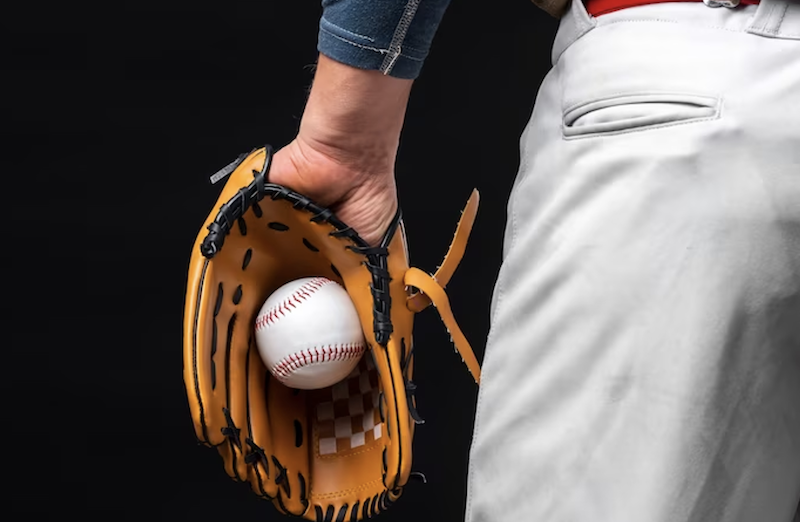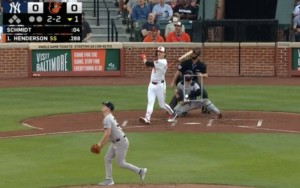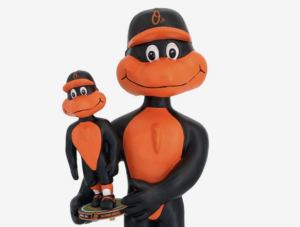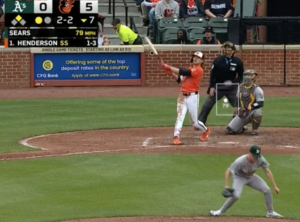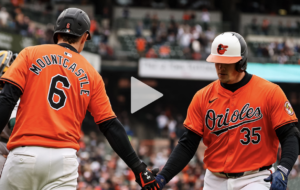There’s no sport quite like baseball. From the smell of fresh-cut grass to the sound of batting practice, baseball season is full of tradition and excitement. What makes baseball so unique is its unpredictability. No matter how much you strategize, there’s always a curveball waiting to be thrown.
In this article, we’ll discuss the role of comebacks and curveballs in baseball and why they make the sport so thrilling to watch.
The Role of Comebacks
In baseball, comebacks are a common occurrence. A team can be down by five runs in the bottom of the ninth inning and still win the game. It’s this possibility that keeps fans on the edge of their seats until the very last out. One of the most famous comebacks in baseball history is the 2004 ALCS when the Boston Red Sox were down three games to none against the New York Yankees. The Red Sox came back to win the next four games and went on to win the World Series. That year, the Red Sox beat the Miami Marlins odds and proved that anything is possible in baseball.
The Unpredictable Nature of Curveballs
Curveballs are an essential part of baseball. They are pitches thrown with a spin that causes the ball to “break” or curve in a different direction than expected. It can be especially difficult for batters to predict, leading to strikeouts or pop-ups. The unpredictable nature of curveballs is what makes them so effective.
Take Clayton Kershaw, for example. He throws his curveball with so much velocity and movement that it’s nearly impossible to hit. However, even the best curveball pitchers can experience a hiccup. The Washington Nationals’ Stephen Strasburg had his curveball working perfectly in the 2019 NLDS, but in the next game, he gave up three runs in one inning. It just goes to show that no matter how good you are, anyone can be thrown a curveball.
The Mental Game
Baseball is a game of strategy and skill, but it’s also a game of mental toughness. Dealing with comebacks and curveballs requires psychological strength. The game can be frustrating for players and fans alike, but it’s important to keep a level head and stay focused. Players who can handle the ups and downs of a baseball game have a better chance of success.
Take the Toronto Blue Jays’ Kevin Pillar. In 2015, he became the first player in MLB history to record a stolen base, home run, and outfield assist in the same game. Pillar’s mental game was on point, and he rose to the occasion when it mattered most.
The Importance of Resilience
Resilience is a key component of success in baseball. Some players might strike out three times in a row, but the next at-bat could be a game-winning home run. The ability to bounce back after a setback is essential in baseball and life. In 2018, the Atlanta Braves’ Ronald Acuña Jr. was injured in a game against the Miami Marlins. Despite the injury, he got right back up and played the next game. His resilience earned him praise from fans and teammates alike, and he went on to have a successful season.
Conclusion
Baseball is a truly unique sport. Its usage of comebacks and curveballs keeps things exciting and unpredictable. Regardless of how good a team or player may be, there’s always the chance that a curveball will be thrown or a comeback will occur. Dealing with these situations requires mental toughness and resilience. That’s why we love to watch baseball and why it remains a timeless American pastime. So the next time you’re watching a game, remember: anything can happen, and that’s what makes it worth watching.

